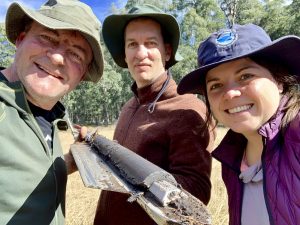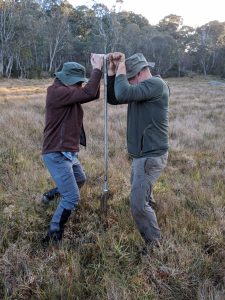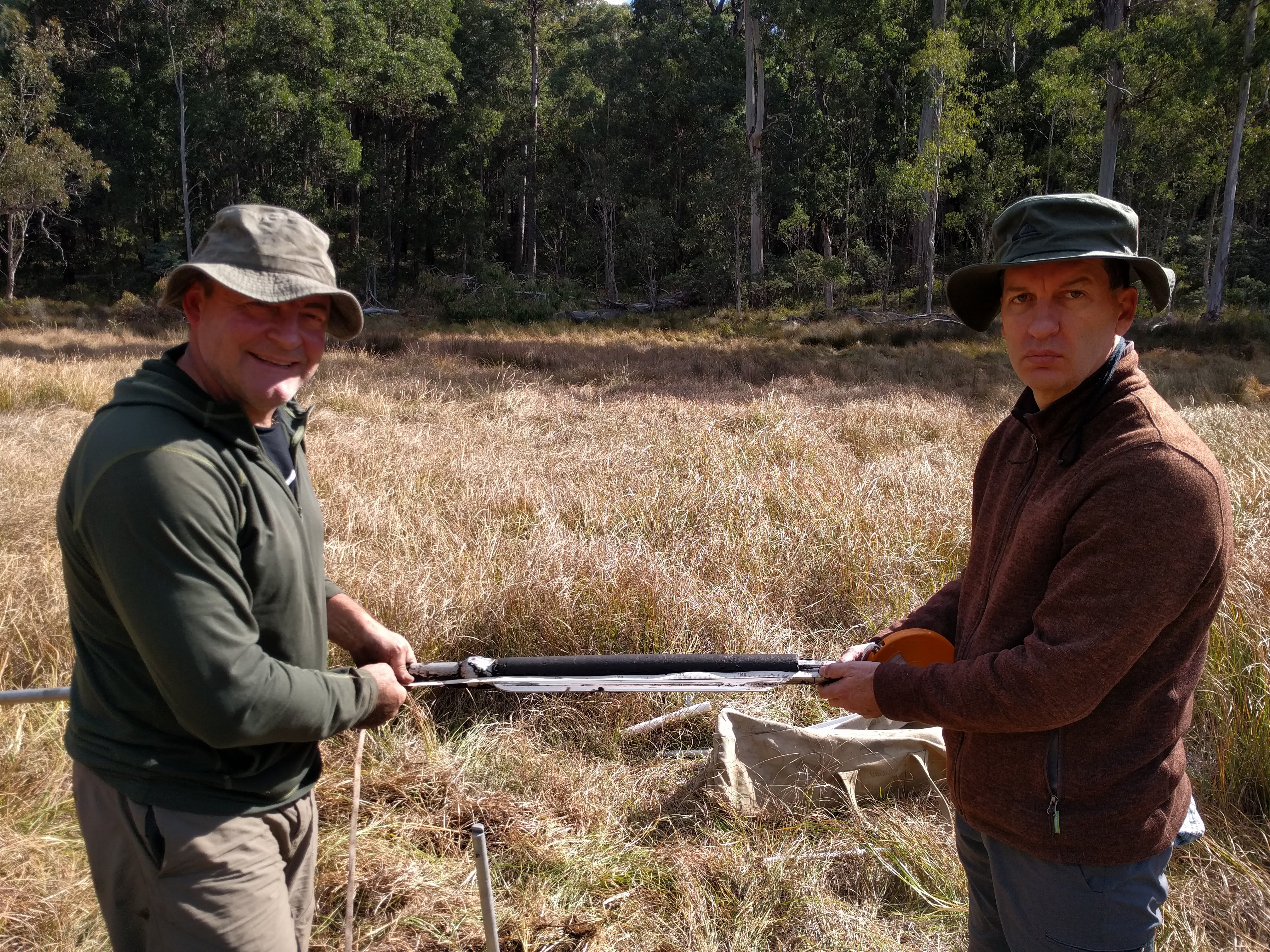Biogeochemical cycles are the backbone of Earth system science. Mercury Australia is conducting research to understand how human activities have changed the natural biogeochemical cycle of mercury (Hg) in Australia. The goal of this study is to provide an overview of the chemistry and isotopes of this element, describe the major sources of Hg in Australia, provide estimates of the fluxes in and out of reservoirs, and finally to explain how the cycle has been altered by human activities.

The biogeochemical cycle of Hg has been significantly changed by human activities. Humans accelerate natural biogeochemical cycles when elements are extracted from their reservoirs (or sources) and deposited back into the environment (sinks). For example, humans have significantly altered the Hg cycle by extracting and combusting fossil fuel that was buried deep in the Earth’s crust. As a consequence, the global release of Hg through human activities (not only combustion of fossil fuel) has increased Hg atmospheric fluxes by 4 to 6 times since the onset of industrialisation.

The first step for the success of this study is to establish the natural biogeochemical cycle of Hg in Australia and its dynamics (Figure 1). By establishing the background concentrations of Hg in the environment, we can then compare modern data to understand how human activities have affected this cycle.
This weekend, Mercury Australia conducted sediment sampling in bogs and swamps of the Barrington Tops National Park (Figure 2). As bogs and swamps accumulate sediments and atmospheric dust, they provide a long-term archive of past atmospheric Hg flux and deposition. The 2-meter sediment cores are expected to unveil the natural Hg atmospheric fluxes and deposition for the last 10,000 years (comprising the Holocene).
Currently, the study of the Hg biogeochemical cycle has been well covered in the Northern Hemisphere. In contrast, data on Hg fluxes in the Southern Hemisphere is very scarce. As such, this study will help to fill a key gap in our knowledge of the biogeochemical cycle of Hg in the Australasian region.
Would you like to have an idea of how researchers collect sediments from bogs and lakes? Watch the video below:


Twitter